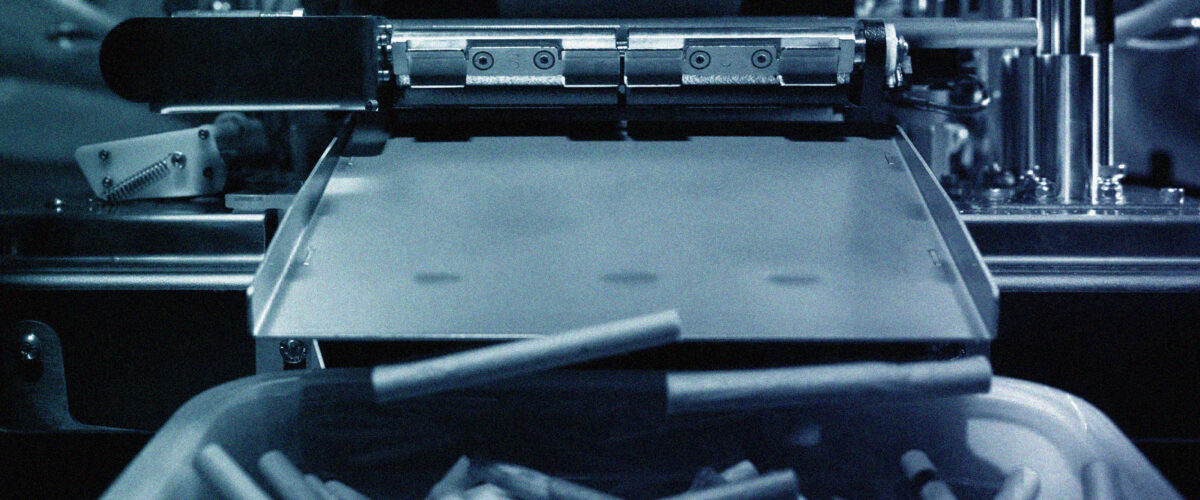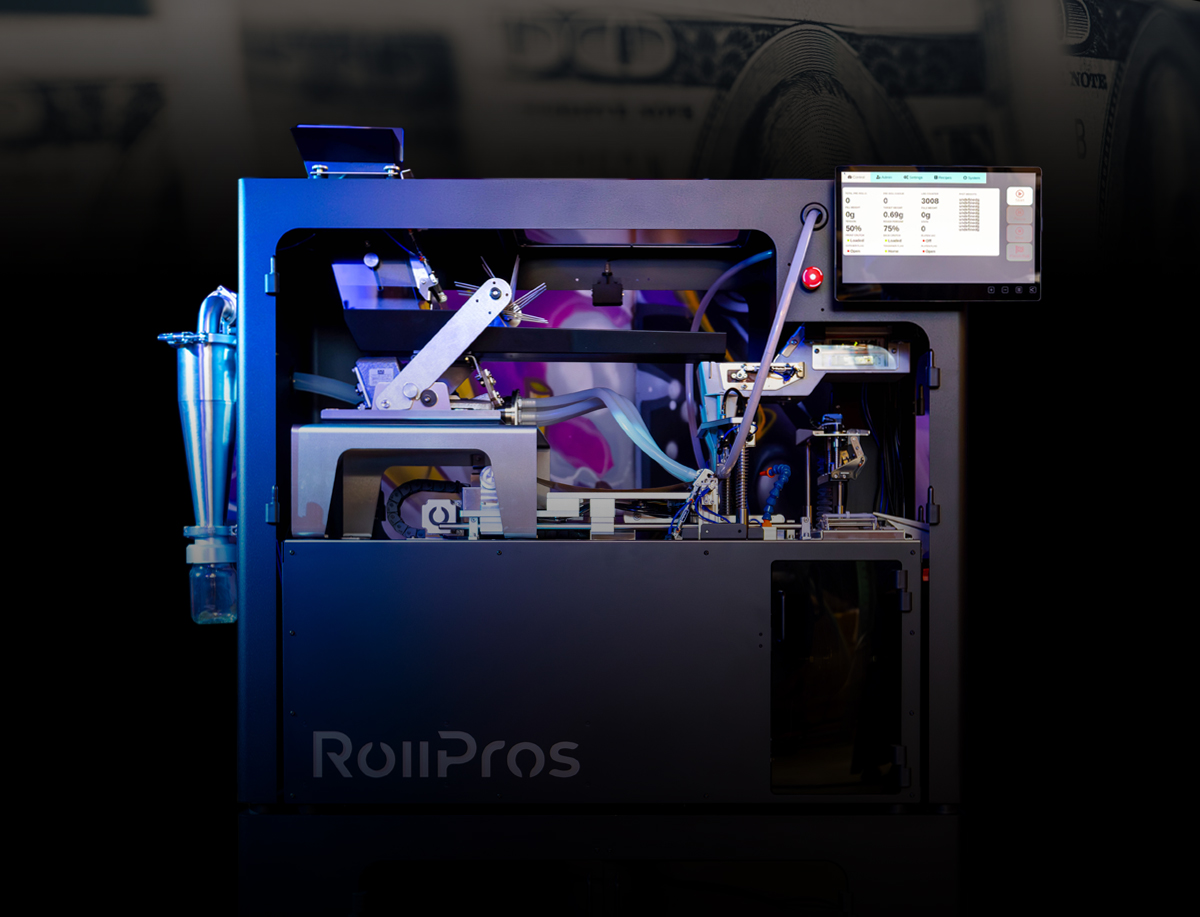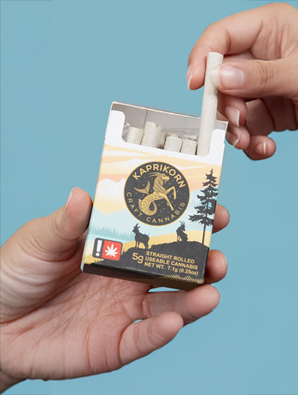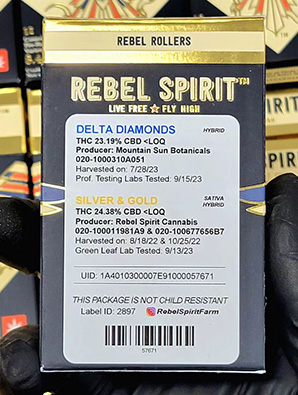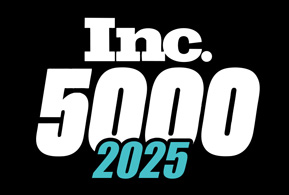When determining if a pre roll is worth the price, keep these key factors in mind:
- Check the strain and type of flower: Whole flower is typically of higher quality than trim or shake, and it’s worth paying extra for better buds.
- Inspect the packaging: Premium packaging can often signal a higher price point, reflecting both the product’s quality and its preservation.
- Look for testing info: Lab results should be readily available and clearly displayed, ensuring transparency in potency and safety.
- Evaluate the brand: Does the price reflect the actual quality, or is it mostly driven by branding and hype?
- Understand the effects: Infused pre rolls deliver stronger effects, but they come with a higher price tag due to the added concentrates.
Remember, not all expensive pre rolls are better, sometimes, you’re paying more for the name or marketing, not necessarily a superior product.
So, what’s the right price for a pre roll? The answer depends on several factors, what you’re buying and why. For consumers, understanding the components that drive pricing can lead to more informed and confident purchases. For producers, being transparent about the quality and costs behind each pre roll builds trust and long term loyalty with your customers.
Pre rolls are much more than just convenient cannabis products, they’re miniature expressions of brand, quality, and craft. Whether you’re grabbing a budget friendly pack for a casual hangout or indulging in a premium infused joint for a special occasion, you now have a clearer picture of what’s driving the price.
So, the next time you spot a $5 pre roll or a $25 artisan crafted joint, you’ll know exactly what goes into that price tag, and what you’re really paying for.

